The days of businesses using reports (looking to the past), rather than real time data analytics to manage the performance of their unified communications environment are well and truly gone.
The unified communications and collaboration environment is constantly evolving. One of the top priorities for any organization is having access to real time data, which can help provide actionable insights on everything from user behavior and user interactions to business intelligence, and better tracking to identify trends as business factors change.
Data is easy enough to capture but most organizations have such vast of amounts of it, that they need the ability to analyze data through real time analytics. Failure to do this can make a huge difference to a company's bottom line.
Download a PDF of our Guide on Optimizing your Network

Download a PDF of our Guide on Optimizing your Network
Watch our Webinar
What is streaming analytics/streaming data?
Real time analytics involves arranging and preparing processed data streams to allow users to get insights from it, and act on those data points immediately. Real time analytics uses those data streams to address issues and make decisions within seconds.
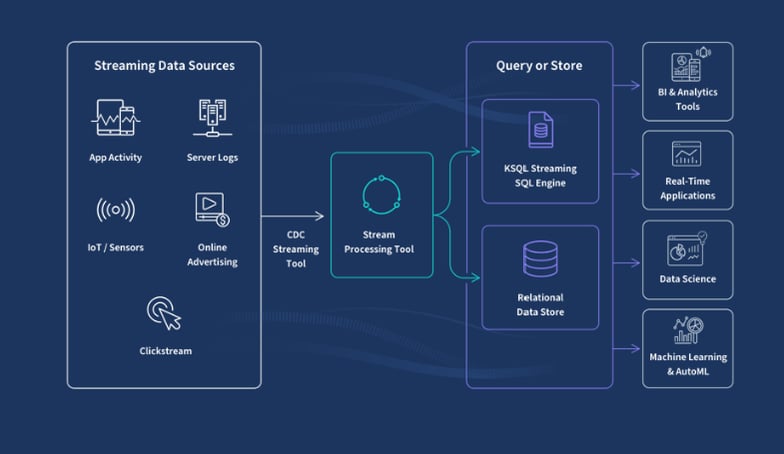
Image source: Qlik
When a problem occurs, businesses need to act quickly. Real time analytics enables immediate action, allowing businesses to proactively prevent major problems before they happen.
The batch-style method of 'after the fact' data processing relies on reports, meaning that analytics may take hours or even days to show important results. In some situations, batch processing is still a viable option, like the need to create weekly or monthly reports, where real-time data or analytics are not needed.
The insights gained from real time analytics can not only allow businesses to stay on top of the competition, but enable a significant increase in productivity and ROI.
Here are some examples of analytics capabilities:
-
Analyzing customer data for real time credit scoring, helps financial institutions to make instant decisions on whether or not to extend credit
-
Real time data is essential for customer relationship management (CRM), to optimize customer satisfaction and business results during each interaction.
-
Real time analytics is necessary for fraud detection at points of sale
-
As part of advertising and marketing campaigns, real time analytics targets individual customers in retail outlets with promotions and incentives, while they are in the store.
-
Real-time big data analytics is being used to support decision-making in financial trading.
-
Institutions use financial databases, satellite weather stations, location data and social media to instantaneously monitor customer behavior and inform buying and selling decisions.
How does real time analytics work?
Enterprise organizations are collecting more data, faster than ever before. According to Transforma Insights, the number of connected Internet of Things (IoT) devices will reach 24.1 billion by 2030, and it seems there’s no sign of slowing. Yet many companies are struggling to turn this vast amount of data into insights they can actually use to grow their business.
Types of real time analytics in data processing
Without over-simplifying it, real time analytics uses logic and mathematics through machine learning, applying it to data to provide insights for making better decisions in real time.
To define real time, it simply means the analytics is completed within a few seconds or minutes after the arrival of new data. An on-demand real-time analytics system waits for a query, then delivers the analytic results. Continuous real-time analytics uses a more proactive approach and alerts users or triggers responses as events happen.
Data latency
Data latency refers to the amount of time it takes for your data to become available in your data warehouse. Real time data processing and data latency are closely linked. The lower the network latency, the higher the speed and performance of your network.
For an organization to be agile and make the best use of prescriptive and predictive analytics, it needs to reduce latency to a minimum. Acting on data quickly as possible brings real commercial value to a business.
Read our comprehensive guide Network Latency - Common Causes and Best Solution
What are the requirements for real time analytics?
In real time computing, hardware and software systems need to be able to operate within specified rules and deadlines. In other words, they need analytics capabilities embedded in the database. Real-time programs must guarantee a response within the defined deadline.

"Data is the new oil"
Mathematician Clive Humby reportedly coined the phrase back in 2006. And in 2017, The Economist published a report titled, “The world’s most valuable resource is no longer oil, but data”. If you want an idea of how much data is created in the world every day, prepare to be staggered by statistics.
The faster organizations are able to turn all of this raw, real time data into useful insights, the better they can identify and respond to trends in performance, which is why investing in real time data analytics is critical for any business.
More about continuous and on-demand real time analytics
As mentioned, real time analytics can be continuous, or on-demand. On-demand delivers results when requested by the user. Continuous analytics can be programmed to respond automatically to certain events as well as updating users as these events happen. For example:
Real time data for web analytics
Real time web analytics provides the ability to monitor a website's users and activities almost instantaneously. The term encompasses all aspects of a website, page views, visitors, clicks, sales and other metrics. It will generally immediately update dashboards and provide instant reporting. It might also provide continuously updated page load performance, alerting admin if performance doesn't meet preset parameters.
Real time data for customer analytics
Examples of real-time customer analytics include the ability to view orders as they happen, enabling better tracking and identifying trends. It can provide real time data on customer behavior and activity like page views and shopping cart use. It can also target customers with specific promotions as they shop. This ability to view data in real time can influence customer decisions, leading to a better customer experience.
Benefits of real time analytics
Here are some of the advantages of real time analytics that can put organizations in the best possible position.
Instant insights
By integrating with data collection systems like Customer Experience Management (CEMs), or Enterprise Resource Planning (ERP), vast amounts of streaming data processing can be done at the source, and visualized immediately. When you compare that to manual data processing, which could take days or weeks to show meaningful results, it's easy to see why organizations can't optimize their operations without it.
![]()
Image source: Splunk
Making processes more agile
As information is captured and managed in real time, real time data analytics will eventually do away with the need for extensive reporting. Data management programs present the information in a condensed and ready-to-analyze form, leading to an increase in productivity.
Combining multiple systems, data sources and content to analyze data
Real time analytics makes it possible to aggregate all the information from an operational infrastructure into a single system, making access much easier and reducing the time previously spent to gather information from various sources.
With today's remote working culture, many businesses have to contend with employees using different networks, devices and communication platforms. This can make it complex and difficult to pinpoint where problems occur. Real time analytics enables insights through access to all data sources to help with immediate problem solving by viewing it all through a single dashboard.
What is Massively Parallel programming?
Massively parallel programing (MPP) is a data storage structure that co-ordinates the processing of program operations by multiple processors. This type of processing can work on different parts of a program, with each processor using its own operating system and memory. MPP databases are equipped to process massive amounts of data and provide much faster streaming analytics based on large datasets.
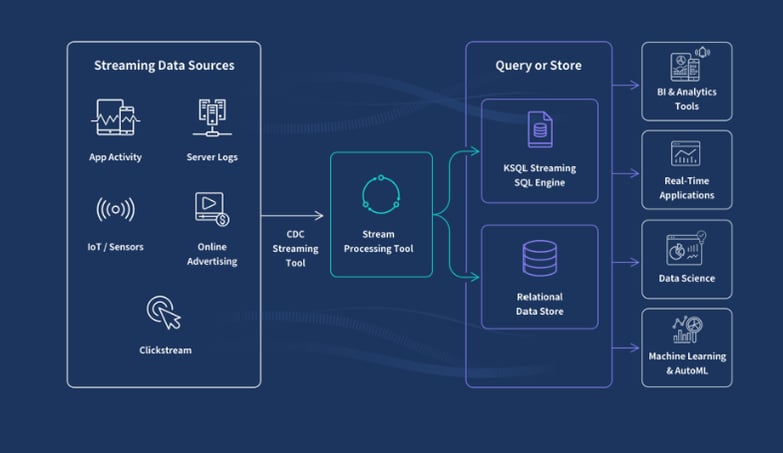
Image source: Qlik
The future of real time analytics
While real time data is combined with historical analytics and machine learning, it can provide access to a wealth of information that can be used for long-range planning and reduce costs in an organization. It can help companies to pinpoint areas where they made poor choices in the past, but also where they achieved great success.
Long range planning involves looking at historical data and putting together the patterns. It's a little like forecasting the weather, where we generally rely on trends, and information about how climate changes are influencing it.
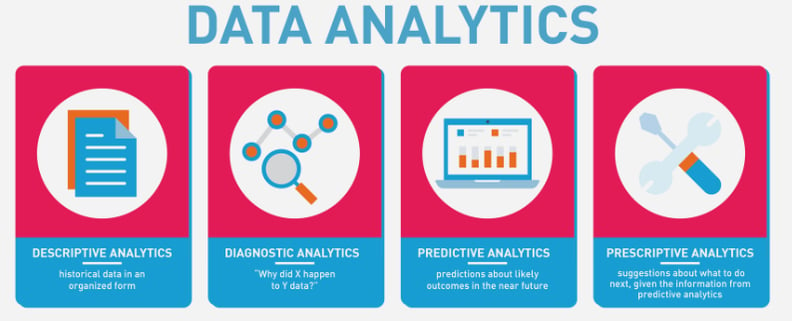
Real time data analytics means power
End users expect to receive an immediate response. Real-time communications require decisions and real time insight to gain a complete picture of what's going on within your organization.
Let's say a company is reviewing their conference calls from the previous week and notices 5 of the calls experienced bad quality. On the surface it's difficult to determine how many users were affected. If, however, you were to look at the time analytics and information found in real time analytics, you'll see the call right as it happens.
You may then see some commonality between, say 200 people. After further analysis and insights you may find one hundred of them are in the same location with 25 on the same network switch. The situation can be identified in real time and fixed sooner, rather than waiting for reports after the fact to help. The benefits of real time data analytics can help business meet their needs in real time.
Key takeaways
-
In reality, the data science of real time analytics needs to work alongside historical data. With the help of analytics tools, data insights are easy to correlate with historical data for accurate, beneficial decision making.
-
The power of real time analytics helps businesses to achieve their overall goal of increasing the level of service given to end-users, customers, partners, suppliers and stakeholders by leveraging a real time solution.
-
It makes good business sense to fling open the door to monitoring and troubleshooting in real time so that you can fix potential issues right as they happen.
-
Utilization of performance management tools to monitor UC systems leads to an increase in satisfaction from users.
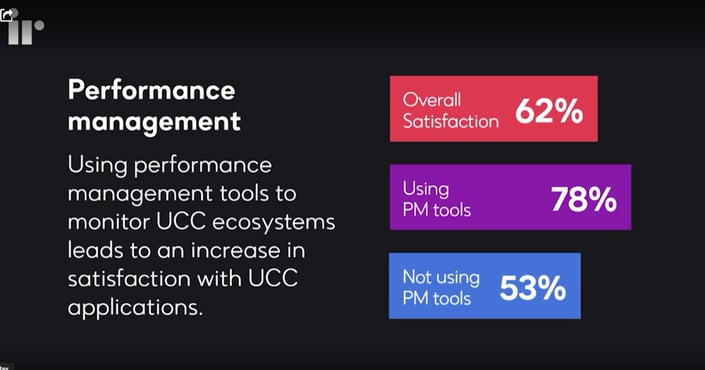
IR Collaborate's third-party monitoring solutions can sort your data
To properly process your data, you need to consider all the applications, platforms and systems within your network. You need to think about siloed technology, remote and mobile components of your UC technology, devices, servers, communications platforms and all the technology that makes your organization run. A third-party solution like IR Collaborate is a must-have for getting the most from your data.
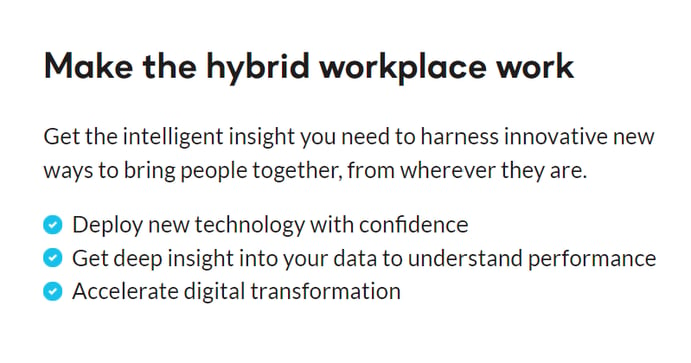
Businesses may use different technologies like Avaya, Cisco Webex , Zoom or Microsoft Teams, but there are different analytics and monitoring solutions for each. This makes it even more complex, because you can't get real time insights on what's going on right across the entire picture. IR's Collaborate suite of solutions offer enterprise grade performance management, monitoring and troubleshooting across voice, video and collaboration ecosystems.
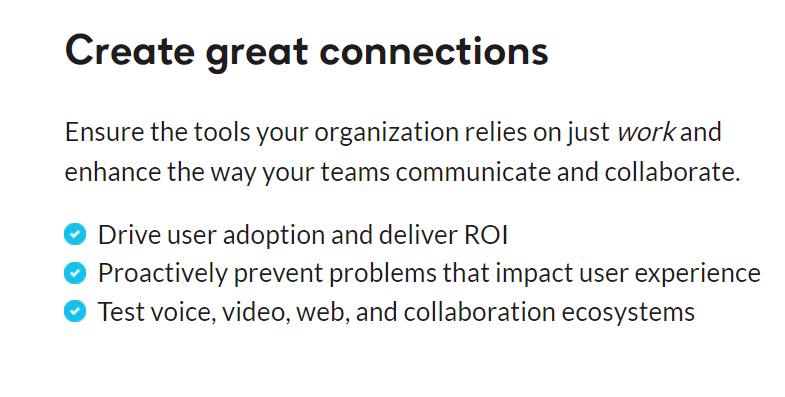
Why doesn't everyone have third party monitoring?
Many organizations think that real time analytics tools are cost prohibitive, but that's not the case at all. There's also the misconception that they'll need lots of expensive hardware installed, extensive training and system overhauls to be able to manage it all and turn the data into real time analytics.
Today's analytics tools don't require anything to be installed in the network. One dashboard allows you to monitor, alert and identify issues across your entire unified communications ecosystem - in real time.
You can test your voice and video capabilities under real-world conditions to identify and resolve issues before they impact customers. Today, it's easier and more affordable to gather business intelligence through properly processed data, and turn it into valuable, beneficial analytics - in real time.
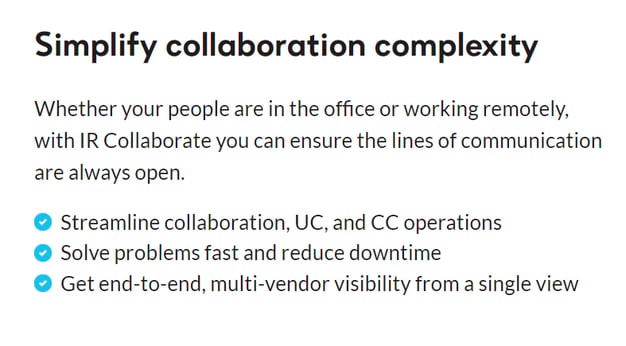
Insight is the new sight
At the end of the day, these technologies exist to provide real time insight across your communication system. This not only gives you a better chance of actually fixing issues as they arise, but real time data analytics can also give businesses the power to foresee issues before they occur.
Whether you agree that 'data is the new oil' or not, the fact remains that you can't fix what you can't see. Third party monitoring tools give you complete visibility into your entire UC ecosystem. So perhaps the new phrase should be 'insight is the new sight'.
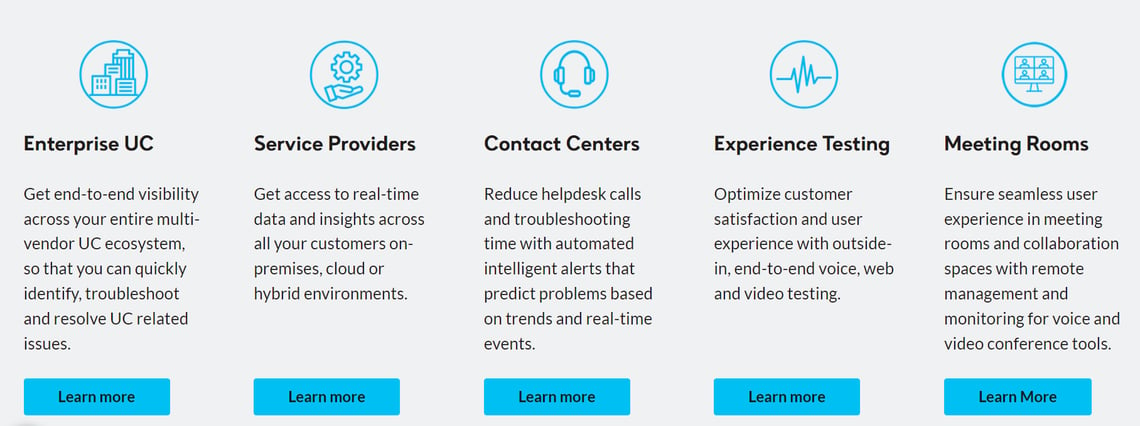
Get a demo today
Download a PDF of our Guide on Optimizing your Network

Download a PDF of our Guide on Optimizing your Network





